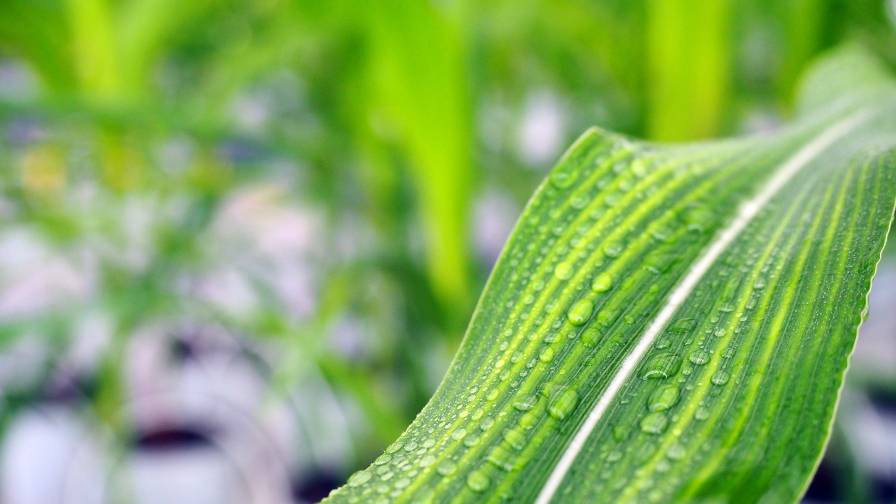Biological Nematicide BioAct Prime DC Registered in Greece
Bayer’s biological nematicide BioAct Prime DC has been granted regulatory approval in Greece. The market launch in Greece is scheduled for 2017, with other European countries to follow as a measure to further strengthen the company’s crop protection portfolio in this important region.
“To secure their harvests and increase food production in a sustainable matter, European farmers need modern technologies such as innovative crop protection products,” said Klaus Koetting, Head of Fruits & Vegetables and Insecticides at Crop Science, a division of Bayer. “Our biological nematicide BioAct Prime will contribute substantially to improved Integrated Pest Management programs.”
BioAct Prime DC, based on the beneficial fungus Paecilomyces lilacinus (synonym Purpureocilium lilacinum strain 251), controls plant parasitic nematodes including root-knot nematodes (Meloidogyne spp.), burrowing nematodes (Radopholus similis), cyst nematodes (Globodera spp.) and root lesion nematodes (Pratylenchus spp.). BioAct protects plants by targeting eggs and larvae of harmful nematodes before they can attack the roots, helping farmers to increase yields and farm profitability. The new nematicide can be used on a wide range of fruit and vegetable crops such as tomatoes, cucumbers, asparagus, avocado, beans, broccoli, carrots, okra, onions and strawberries as well as citrus, nuts and grapevines. Further areas of application are tobacco, young plantations and tree nurseries.
“In an integrated pest management program with Velum Prime, farmers will have a new choice for effective nematode control,” Klaus Koetting added. “This innovative combination enhances root health and helps farmers establish strong plant growth for higher yields and better harvests.” This combination of products also offers farmers the benefit of nematode control while lowering their dependency on older and considerably less environmentally friendly products.






